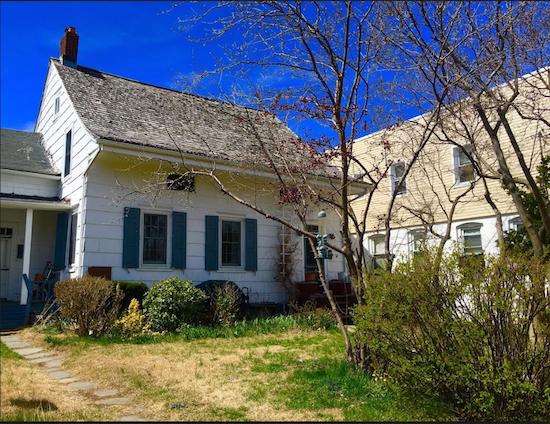‘Futurama’ and fine Dutch farmhouses in Flatlands
Eye On Real Estate

Flatlands has a fine mix of new and old housing — including landmarked Joost Van Nuyse House. Eagle photos by Lore Croghan
Flatlands is full of surprises.
What other Brooklyn neighborhood’s got Dutch farmhouses from the 1700s, an area called Futurama — and houseboats in a marina behind a shopping mall?
The neighborhood has its own special mix of new and old housing, having been one of the six towns the Dutch settled in the 1600s in what became Brooklyn.
